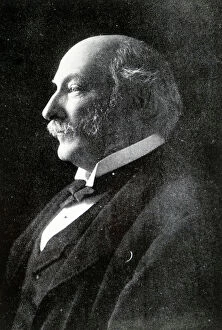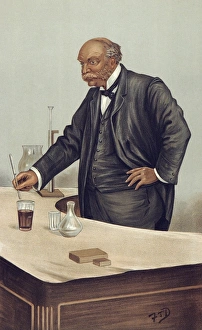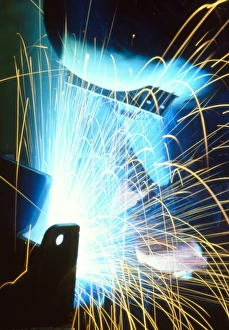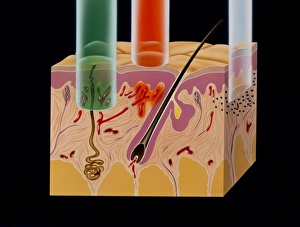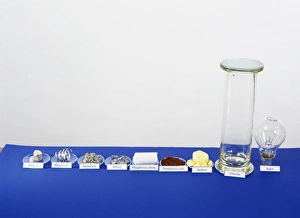Argon Collection
Argon, a noble gas with the atomic number 18, holds a fascinating history that intertwines the contributions of brilliant scientists and their groundbreaking discoveries
All Professionally Made to Order for Quick Shipping
Argon, a noble gas with the atomic number 18, holds a fascinating history that intertwines the contributions of brilliant scientists and their groundbreaking discoveries. In 1894, Lord Rayleigh, also known as John William Strutt, joined forces with Scottish chemist William Ramsay to unravel the mystery of an unknown gas. Their collaboration led to the momentous discovery of argon, forever changing our understanding of the periodic table. Lord Rayleigh's engraving from 1899 captures his dedication to scientific exploration. This British scientist's relentless pursuit of knowledge earned him the Nobel Prize for Physics in 1904. His tireless efforts paved the way for future advancements in various fields. William Ramsay's portrait by Spy showcases this Scottish chemist who played an integral role in uncovering argon. In 1908, he received recognition for his remarkable achievements and contributions to science. The heavy ion accelerator located in Russia represents modern technology used to study particles like argon at an atomic level. This cutting-edge equipment allows researchers to delve deeper into its properties and applications. Les Worthington (Argon) took part in both the 2000 Classic Parade Lap and the 2003 Parade Lap—an ode to this element's significance even outside laboratories. These events serve as reminders that science can captivate people from all walks of life. As we reflect on these historical milestones and scientific breakthroughs surrounding argon, it becomes evident that curiosity knows no bounds when it comes to exploring new gases and expanding our knowledge of the universe around us.

